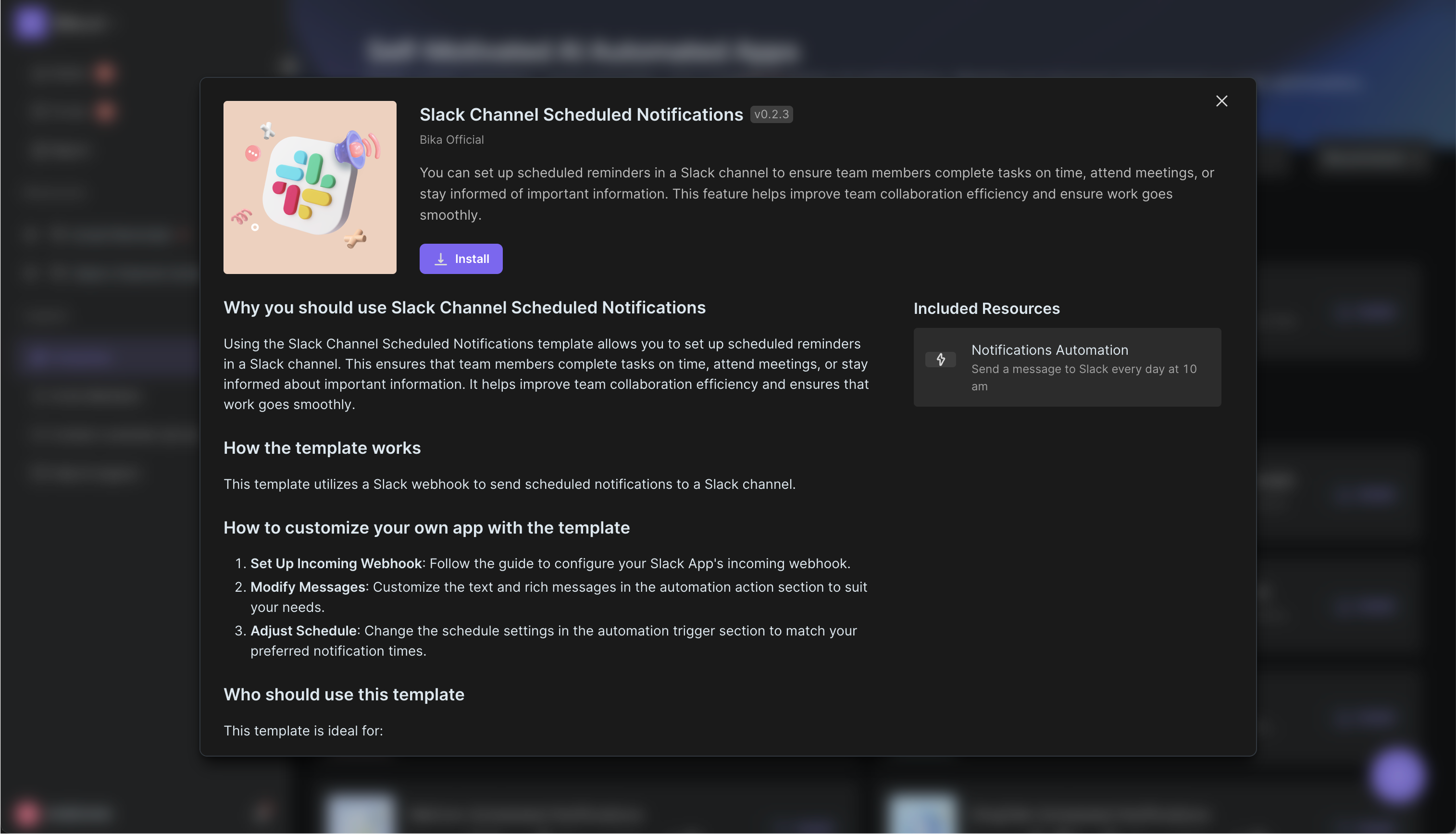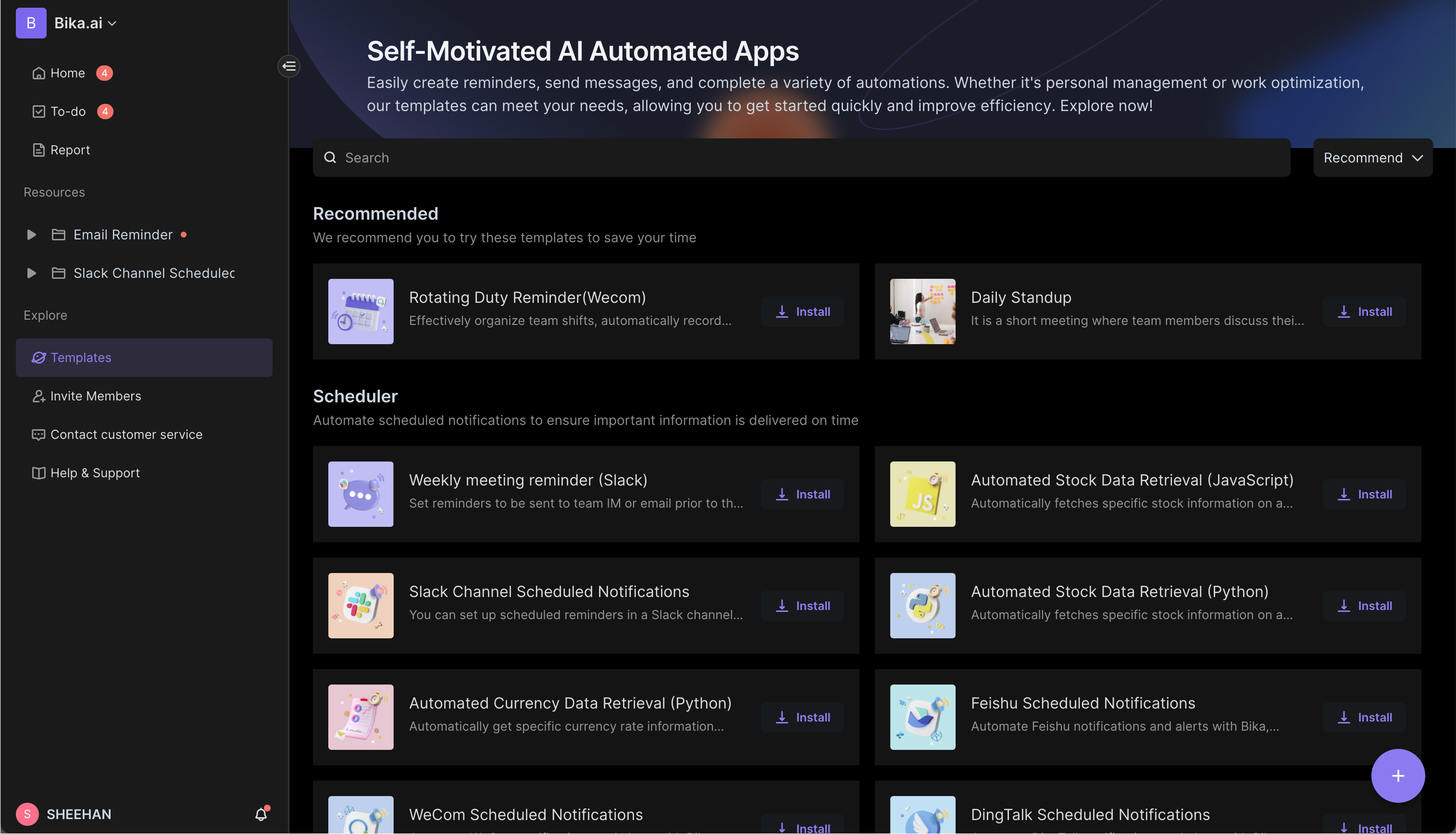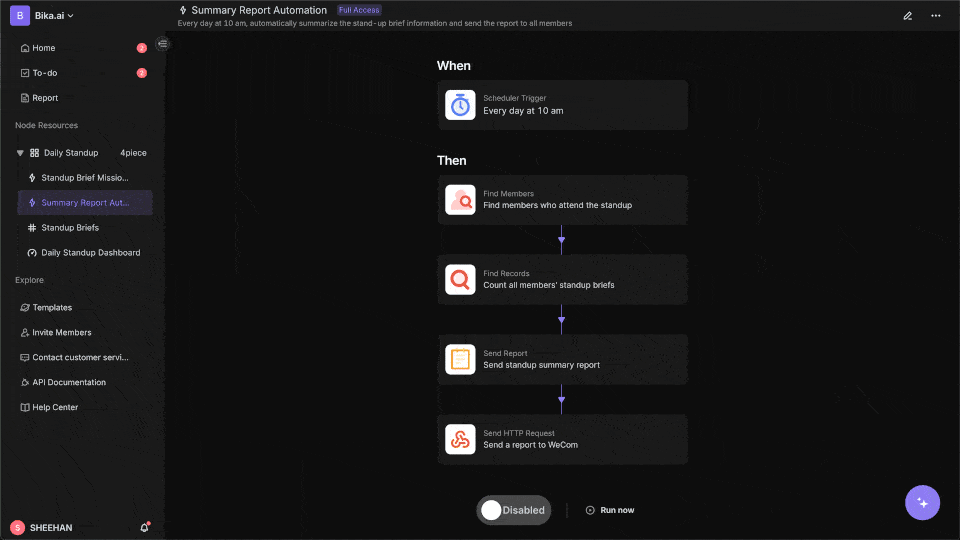
Unleashing the Power of Agent Swarm: Building Your AI Dream Team for Unprecedented Solutions
The Dawn of Collective Intelligence: Understanding Agent Swarm
Artificial Intelligence has come a long way from its humble beginnings. Initially, single - agent AI systems dominated the landscape, handling tasks with remarkable precision within their defined scope. However, as the complexity of real - world problems grew, the limitations of these solitary agents became evident. This realization has led to the emergence of a new paradigm: the agent swarm.
An agent swarm can be defined as a collection of multiple AI agents that collaborate to achieve a common goal. These agents are not just individual entities working in isolation; they communicate, share information, and adapt their behavior based on the collective knowledge of the group. This collaborative approach is inspired by natural swarms, such as bees or ants, where the combined efforts of numerous individuals result in complex and efficient behaviors.
The concept of agent swarms is gaining traction for several reasons. Firstly, it offers a more robust and flexible approach to problem - solving. In a single - agent system, if the agent fails, the entire operation may come to a halt. In contrast, an agent swarm can redistribute tasks among its members in case of an individual agent's failure. Secondly, agent swarms can handle more complex problems by decomposing them into smaller sub - tasks, which each agent can tackle independently and then integrate the results.
:::: key-takeaways ::::
- An agent swarm is a group of multiple AI agents working together towards a common goal.
- It is inspired by natural swarms and their collaborative behavior.
- Agent swarms offer increased robustness and the ability to handle complex problems through task decomposition. ::::
Beyond Single Agents: How Agent Swarms Work
The mechanics of an agent swarm are fascinating. At the core, agents in a swarm communicate with each other using various protocols. These could be simple message - passing systems or more complex distributed communication frameworks. Through communication, agents share information about their current state, the tasks they are working on, and any relevant data they have gathered.
Task decomposition is another crucial aspect. When faced with a complex problem, the swarm divides it into smaller, more manageable sub - tasks. Each agent is then assigned one or more of these sub - tasks based on its capabilities. For example, in a scientific research application, one agent might be responsible for data collection, another for data analysis, and yet another for formulating hypotheses.
Collaboration among agents is what truly sets agent swarms apart. As agents work on their sub - tasks, they exchange information and results. This continuous interaction leads to emergent behavior, where the overall performance of the swarm is greater than the sum of its individual parts. For instance, in a financial trading scenario, agents might analyze different market indicators. Through collaboration, they can identify trading opportunities that no single agent could detect on its own.
In contrast to traditional single - agent AI systems, agent swarms offer several advantages. Single - agent systems are often designed for a specific task and lack the flexibility to adapt to changing circumstances. They also face limitations in handling large - scale, complex problems. Agent swarms, on the other hand, can adapt to new situations by re - assigning tasks and adjusting their behavior. Their distributed nature makes them more resilient to failures, as the loss of one agent does not necessarily mean the failure of the entire system.

The Promise and Potential Applications of Agent Swarms
The potential applications of agent swarms span across multiple industries.
In complex scientific research, such as drug discovery, agent swarms can play a significant role. Different agents can be tasked with various aspects, like screening chemical compounds, analyzing biological data, and predicting the efficacy of potential drugs. This collaborative approach can accelerate the drug discovery process, which is often time - consuming and resource - intensive. In climate modeling, agents can analyze different climate variables, such as temperature, precipitation, and ocean currents, and then integrate their findings to create more accurate climate models.
Automated enterprise workflows and supply chain optimization are other areas where agent swarms can make a difference. Agents can manage inventory levels, track shipments, and optimize delivery routes. By working together, they can ensure that the supply chain runs smoothly, reducing costs and improving efficiency.
Financial market analysis and trading is a domain where the power of agent swarms can be harnessed. Agents can monitor different financial markets, analyze market trends, and execute trades. Their ability to collaborate and share information can lead to more informed trading decisions.
In robotics and autonomous systems, agent swarms are already being explored. Drone swarms can be used for tasks like surveillance, mapping, and delivery. In smart factories, robotic agents can work together to optimize production processes, from assembly line operations to quality control.
In gaming and virtual environments, agent swarms can create more realistic and dynamic experiences. Non - player characters (NPCs) in a game can be modeled as agents in a swarm, interacting with each other and the player in more complex and natural ways.
Notable in the exploration of multi - agent systems is the "OpenAI Swarm," which is part of the broader movement in this field. OpenAI's initiatives are contributing to the research and development of agent swarms, pushing the boundaries of what is possible in terms of collective intelligence.
For more in - depth understanding of agent swarms, you can refer to these reputable sources: RelevanceAI's article on agent swarms and CIO's article on agent swarms as an evolutionary leap in intelligent automation.

From Theory to Practice: Building Your AI Team with Bika.ai
The concept of agent swarms, once confined to the realm of research, is now becoming accessible to a wider audience. Bika.ai is at the forefront of this trend, providing a platform that enables users to build their own AI teams, or in other words, agent swarms.
Bika.ai allows users to assemble AI agents with different functionalities to address specific tasks or workflows across various domains. Whether it's in business, education, or any other field, Bika.ai simplifies the process of creating and deploying these agent swarms. The platform offers a high level of customization, enabling users to tailor the AI team to their exact requirements. This means that even those without extensive AI knowledge can leverage the power of agent swarms to automate processes and solve complex problems.

Spotlight on the Course Scheduling Template: An Example AI Team in Action
The Course Scheduling Template on Bika.ai serves as an excellent example of an agent swarm in practice. Scheduling classes is a complex task that involves coordinating multiple elements such as courses, rooms, and class timings. This template simplifies the process by centralizing all the necessary information into one intuitive system.
The template consists of three interconnected databases: All Courses, All Rooms, and All Classes. The All Courses database holds details like course name, description, code, credit rating, and more. The All Rooms database provides information about the physical spaces, including building, room number, and capacity. The All Classes database manages the class schedule, linking to the relevant courses and rooms.
These databases work together like agents in a swarm. They communicate and share information to provide a comprehensive scheduling solution. For example, when a new course is added to the All Courses database, the All Classes database can be updated to schedule the course in an appropriate room from the All Rooms database.
The benefits of this template are numerous. It centralizes information, making it easier to manage. The intuitive design ensures that even non - technical users can navigate and use it effectively. It also helps in optimizing the use of resources, such as ensuring that rooms are not over - or under - utilized.
Educational institutions, training centers, and any organization involved in class scheduling can benefit from this template. Users can adapt it to their specific needs, for example, by adding custom fields to the databases or modifying the scheduling rules.
Try the Course Scheduling Template
The Future is Collaborative: Empowering Users with Agent Swarms
Agent swarm technology has the potential to revolutionize the way we approach problem - solving and automation. Platforms like Bika.ai are making this technology accessible to a wider range of users, democratizing the power of collective intelligence.
By moving from individual AI tools to coordinated AI teams, users can achieve enhanced problem - solving capabilities and greater efficiency. Whether it's in scientific research, business operations, or any other field, the ability to build and deploy agent swarms tailored to specific needs is a game - changer.
We encourage readers to explore Bika.ai and start building their own AI teams. By doing so, they can redefine their approach to automation and stay ahead in an increasingly competitive world.

FAQ
Q: What is the main advantage of an agent swarm over a single - agent AI system? A: The main advantage is that an agent swarm offers increased robustness, as it can redistribute tasks in case of an individual agent's failure. It also has the ability to handle more complex problems through task decomposition and collaboration, which single - agent systems struggle with.
Q: How does Bika.ai help in building an agent swarm? A: Bika.ai provides a platform that allows users to assemble different AI agents or functionalities to create an agent swarm. It offers customization options, enabling users to tailor the AI team to their specific tasks and workflows across various domains.
Q: Who can benefit from using the Course Scheduling template on Bika.ai?
A: Educational institutions, training centers, or any organization that needs to manage the scheduling of classes can benefit. This includes administrators, schedulers, and educators who want to streamline the scheduling process and ensure efficient resource allocation.

Recommend Reading
- Beyond ChatGPT: Choosing the Right AI Tool for Automated Birthday Email Celebration Automation - Bika.ai Compared
- Choosing the Right AI Content Detector: A 2025 Comparison Guide
- Top RSS Reader Picks for 2025: Your Guide to Smarter Content Curation & Advanced Automation
- Beyond ChatGPT: Choosing the Right AI Tool for Automated Birthday Email Celebration Automation - Bika.ai Compared
- Beyond ChatGPT: Choosing the Right AI Tool for YouTube Publishing Process Automation - Bika.ai Compared
Recommend AI Automation Templates


